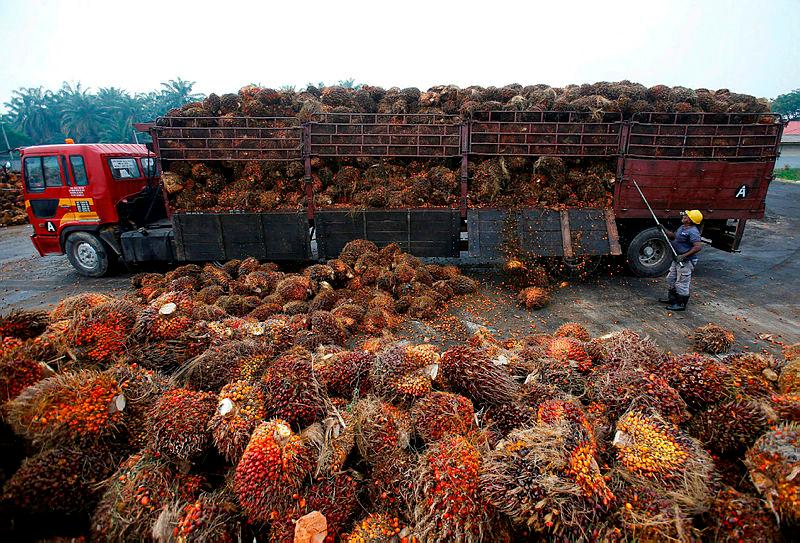KUALA LUMPUR: The production of biojet fuels from empty fruit bunch (EFB) biomass is seen as one of the most important solutions for palm oil producing countries like Malaysia to unlock the biomass potential and at the same time increasing its revenue from exporting more high added-value products, said an expert.
Dr Zhao Xuebing from Tsinghua University, China, said there are different ways to develop biojet fuels, for instance via the production of palm oil-based and palm by-product biomass, which has the lowest cost.
“In Malaysia, you can use palm oil but maybe in other countries, especially in China, we cannot use vegetable oil to produce biojet in large scale because we don’t even have enough vegetable oil for consumption,” he told Bernama in an interview at the Malaysian Palm Oil Board (MPOB) International Palm Oil Congress and Exhibition 2023 (PIPOC 2023) recently.
He said Malaysia is ready for biojet fuel as the country has a lot of palm oil and is the second largest producer globally — it can be produced using the hydrotreated esters and fatty acids (HEFA) technology.
Malaysia is the world’s second-largest exporter of palm oil with domestic consumption utilising only a fraction of its total palm oil output while it exports most of the palm oil it produces.
In the year 2021/2022, the domestic consumption of palm oil in Malaysia was around 3.3 million tonnes and Malaysia exported 15.35 million tonnes of palm oil in 2022.
In 2022, India was Malaysia’s most valuable export market for palm oil with exports amounting to more than RM15 billion, followed by China and the EU, with RM8.45 billion and RM7 billion respectively.
“If using palm oil (for biojet fuel), yes, Malaysia is ready and I think it is ready to produce biojet fuel using the HEFA technology.
“For the palm by-product, I think we need some development of technology and this is a promising way because Malaysia has a lot of palm biomass,” he said.
Zhao said Malaysia could export its biojet fuel to the European Union, followed by the United States (US) and China in the future.
“EU is the biggest market for the biojet because it has a strict target for using the biojet, followed by the US and China. In China, we have a large population and the demand for flights is increasing.
“China is also a big market for biojet fuel but Malaysia needs to promote it with the Chinese government,” he said.
Zhao in his recent presentation said that the production of biojet fuels from EFB biomass via platform chemicals (furfural and methyl ethyl ketone) is technically feasible and the whole flow scheme has been developed in collaboration with MPOB with the successful synthesis of biojet fuels.
“The process for only producing biojet fuel is not economically feasible yet due to the high production cost, especially the cost of hydrogen.”
“However, the co-production of platform chemicals could greatly improve the economic feasibility of the process,” he said.
He said among the reasons why biojet fuel should be developed is because aviation accounts for two to three per cent of global carbon dioxide emission and as air travel is expected to double in the next 15 years, these numbers will grow rapidly.
Additionally, he said the International Air Transport Association (IATA) has already taken steps in the right direction by committing to achieving carbon neutral growth from 2020 onwards and net-zero carbon emission from the global air transport industry operations by 2050.–Bernama









